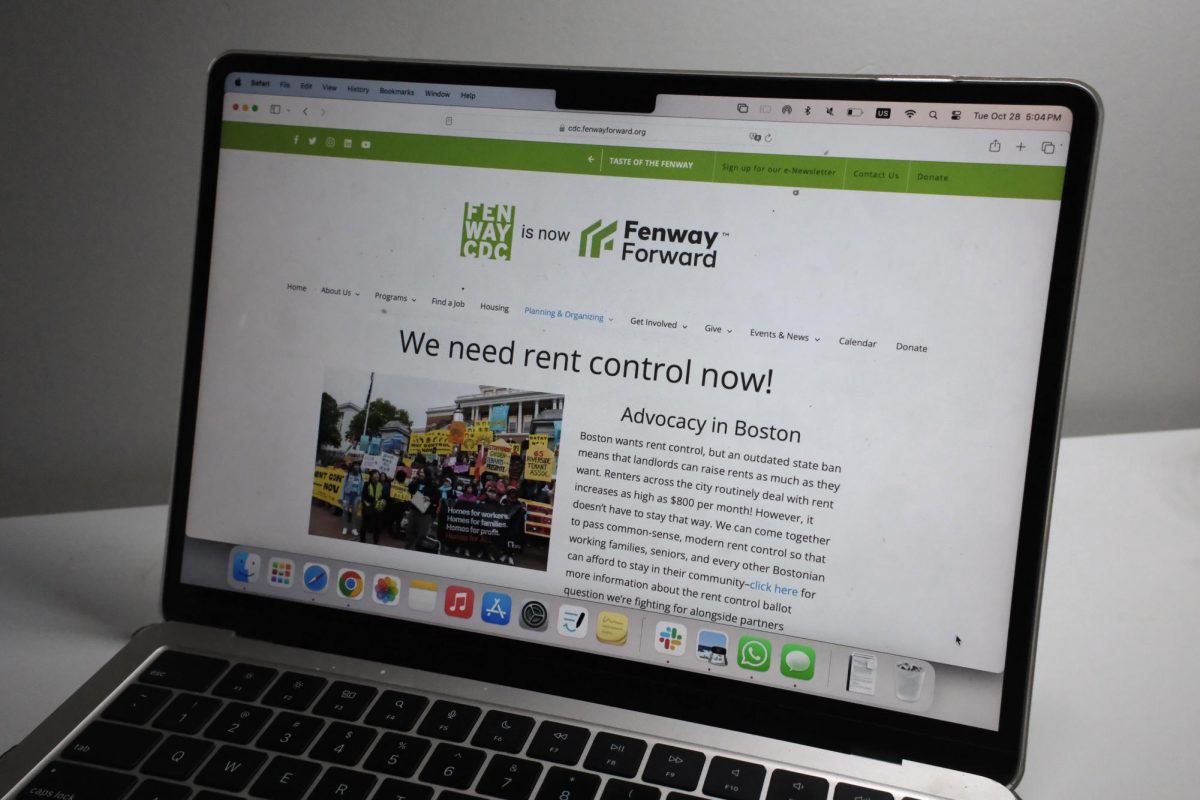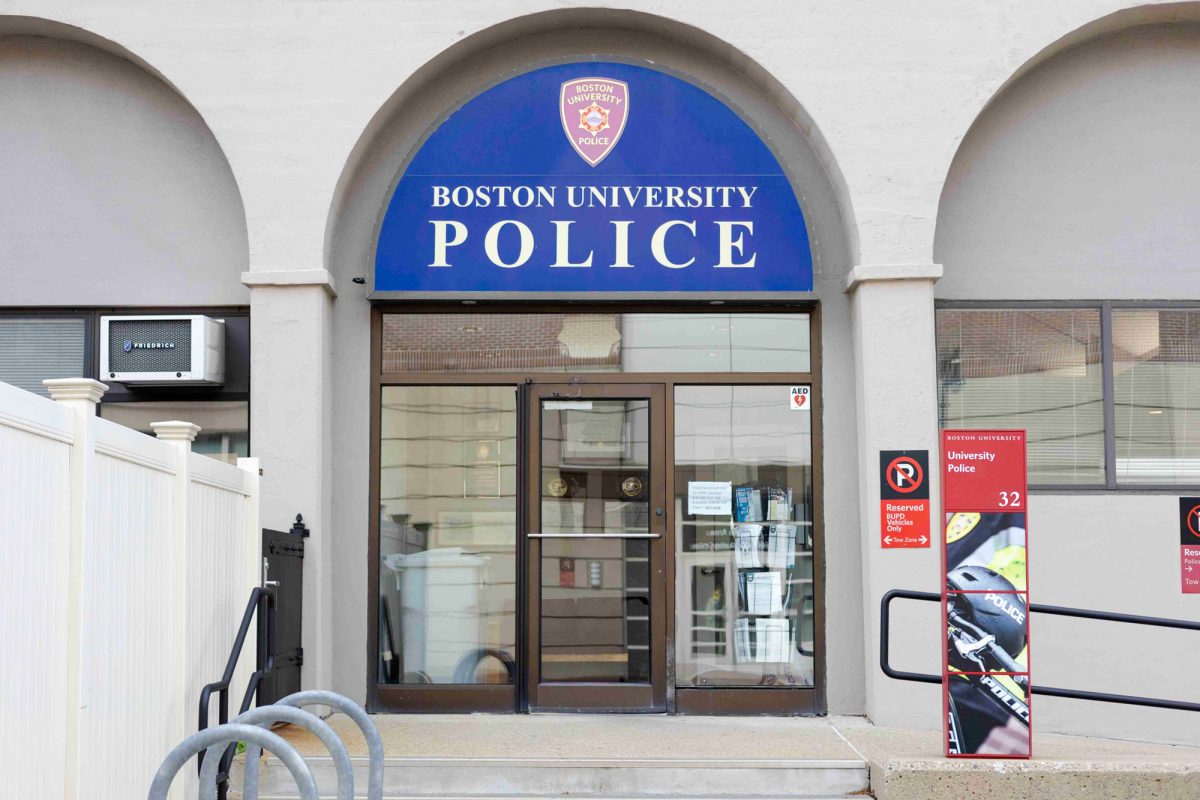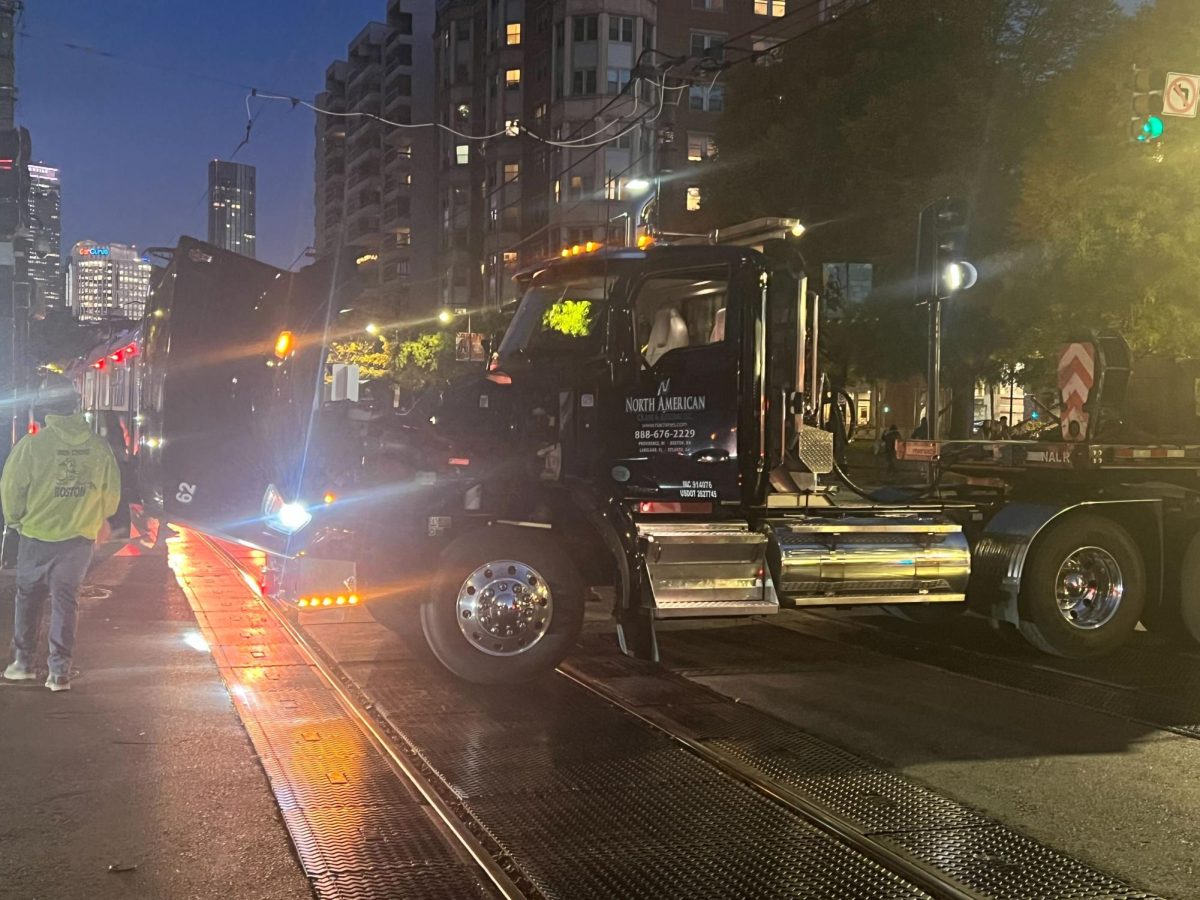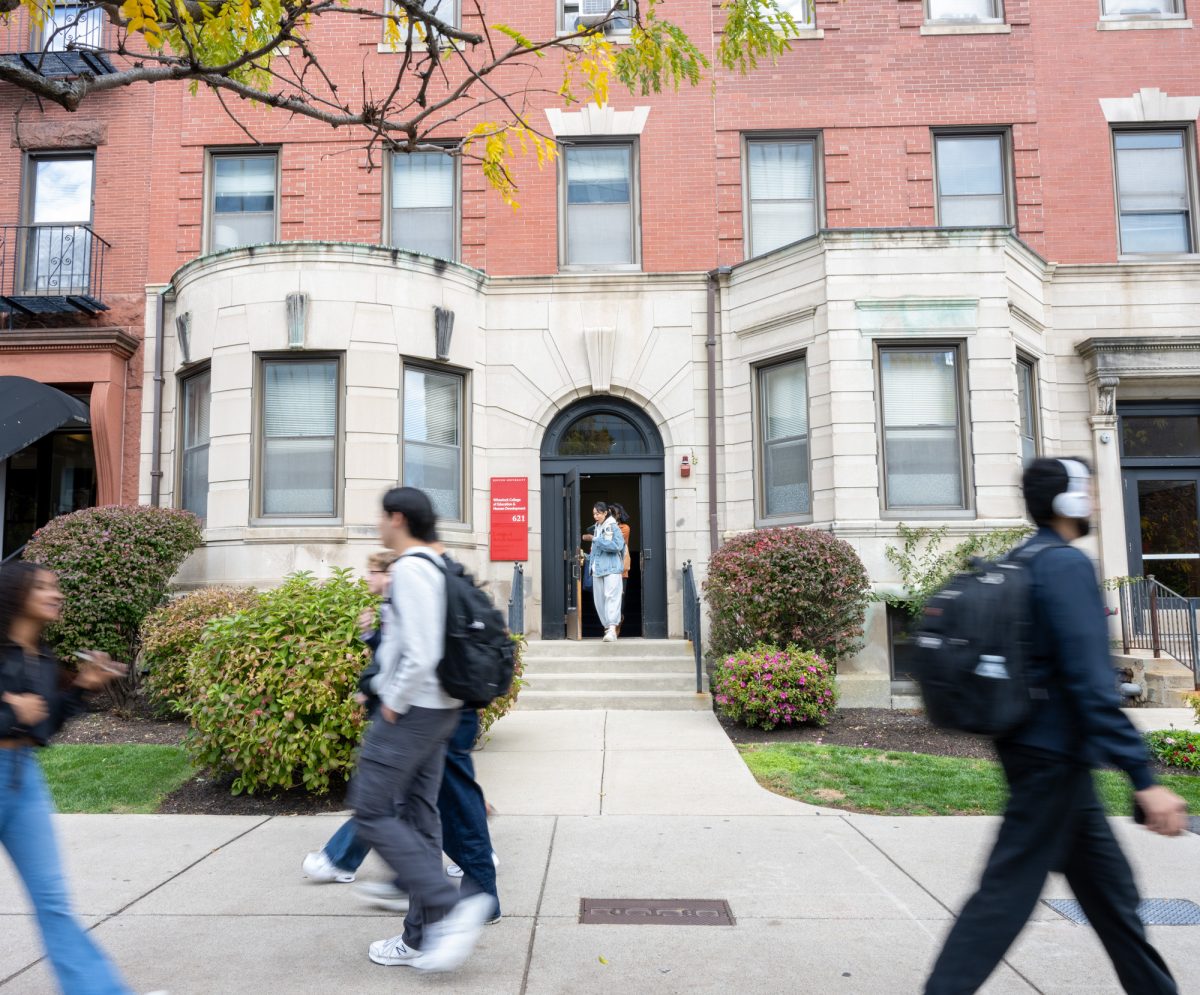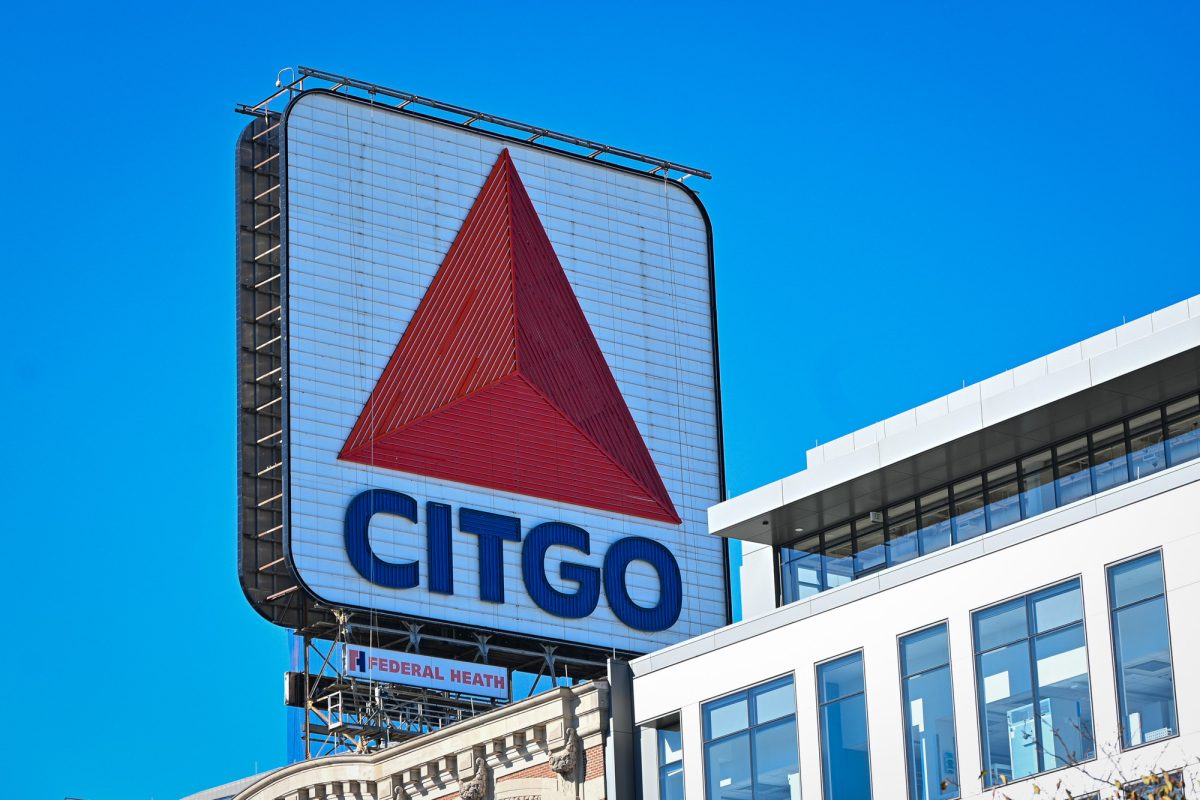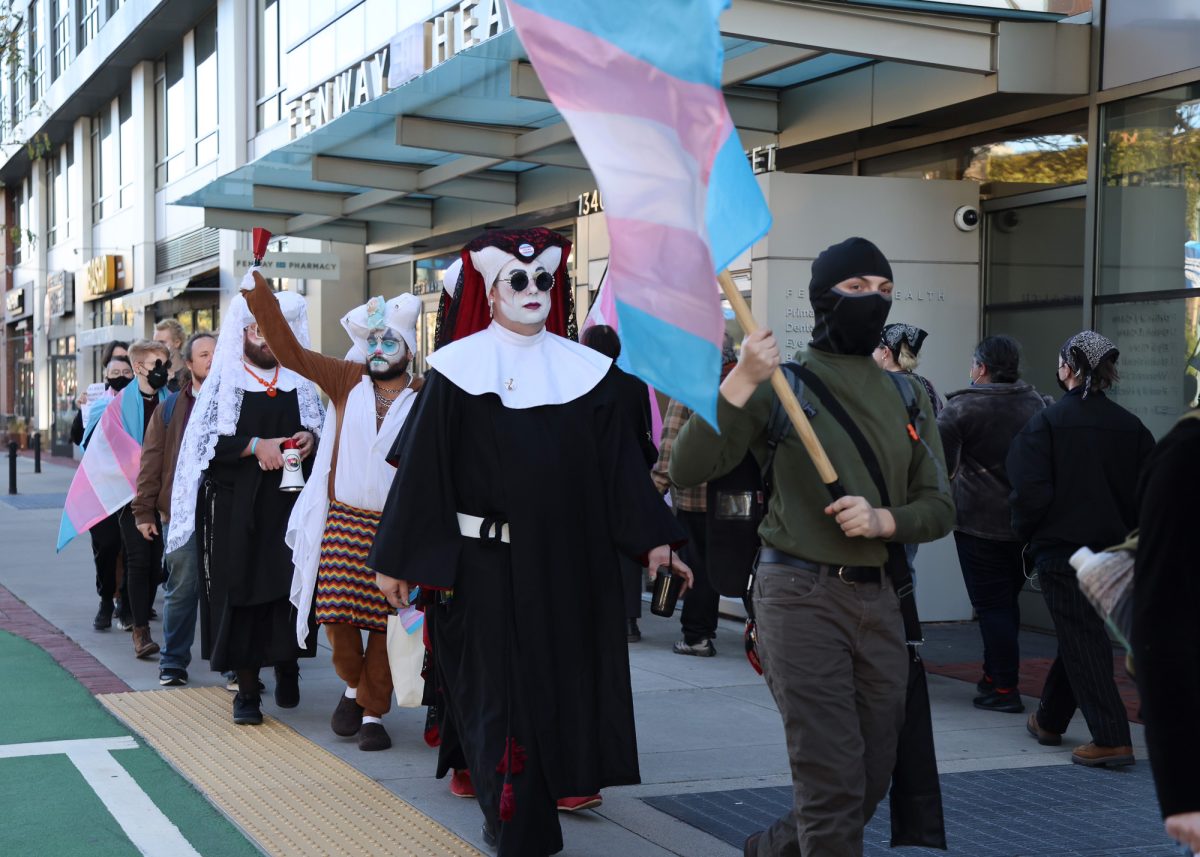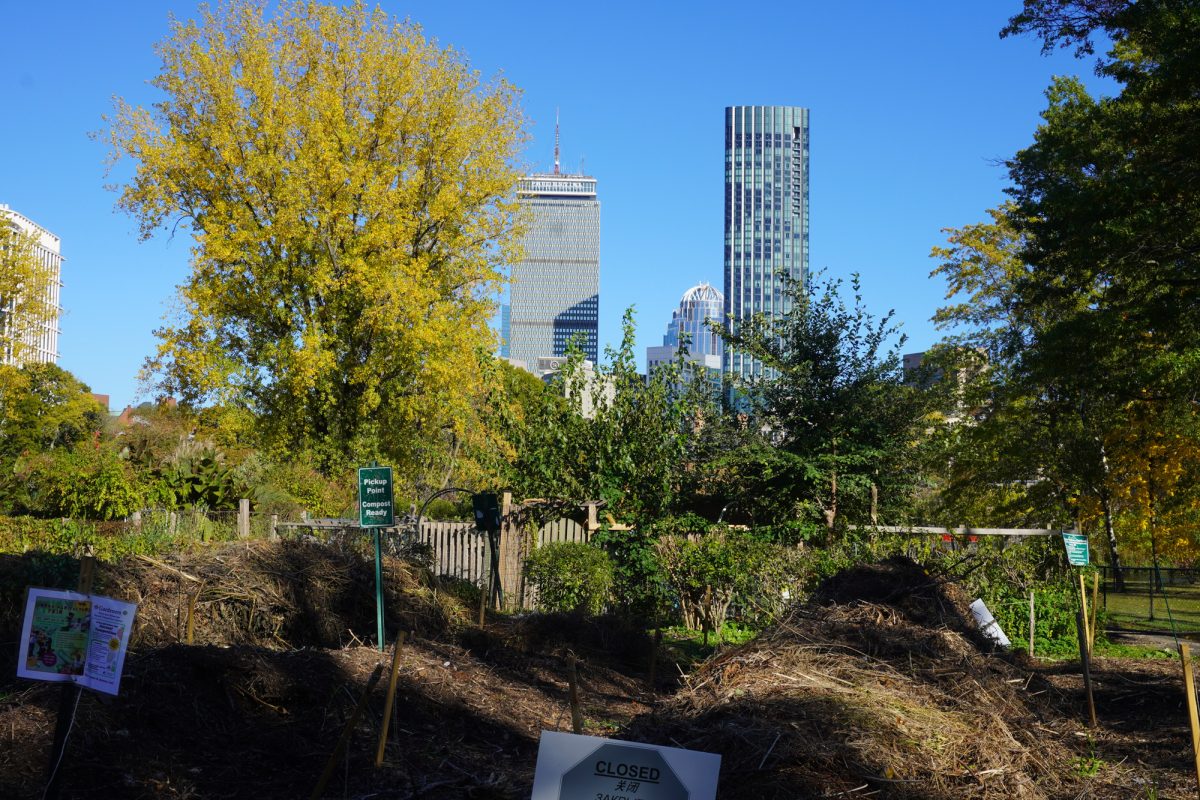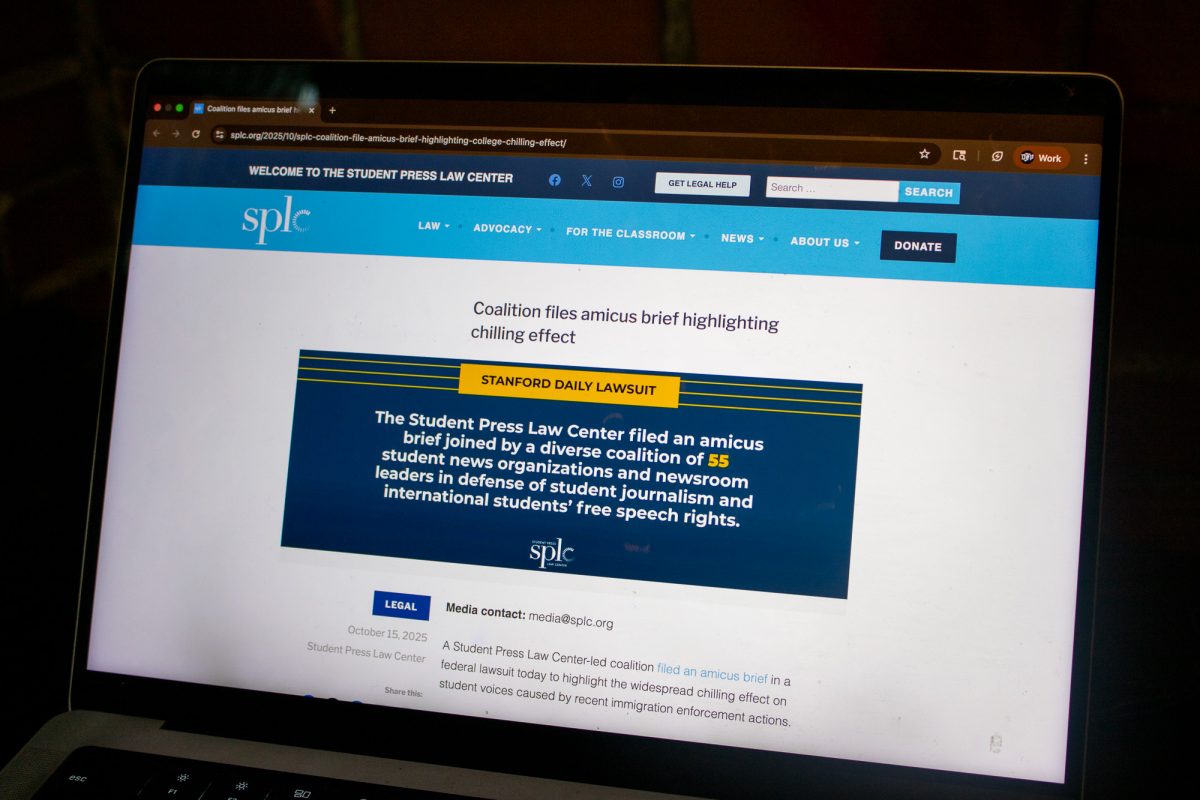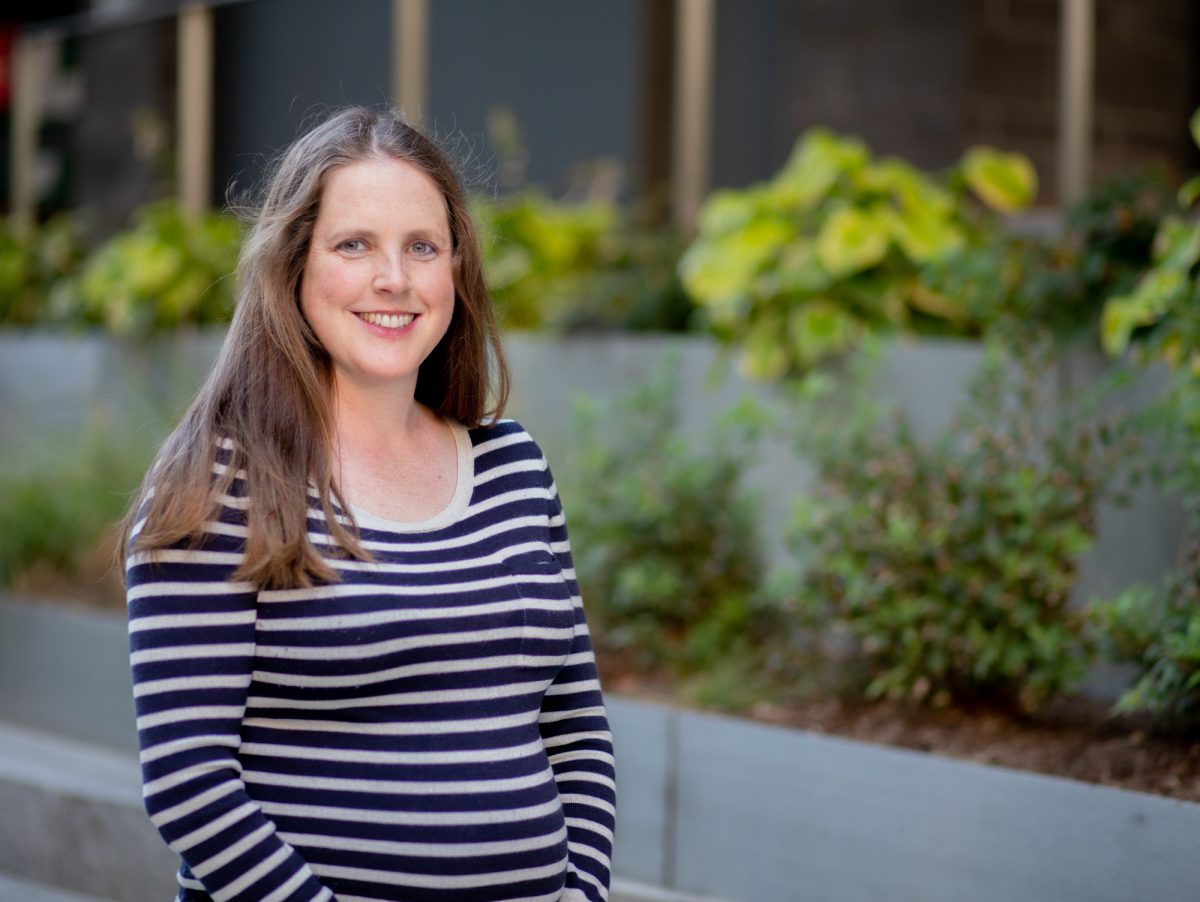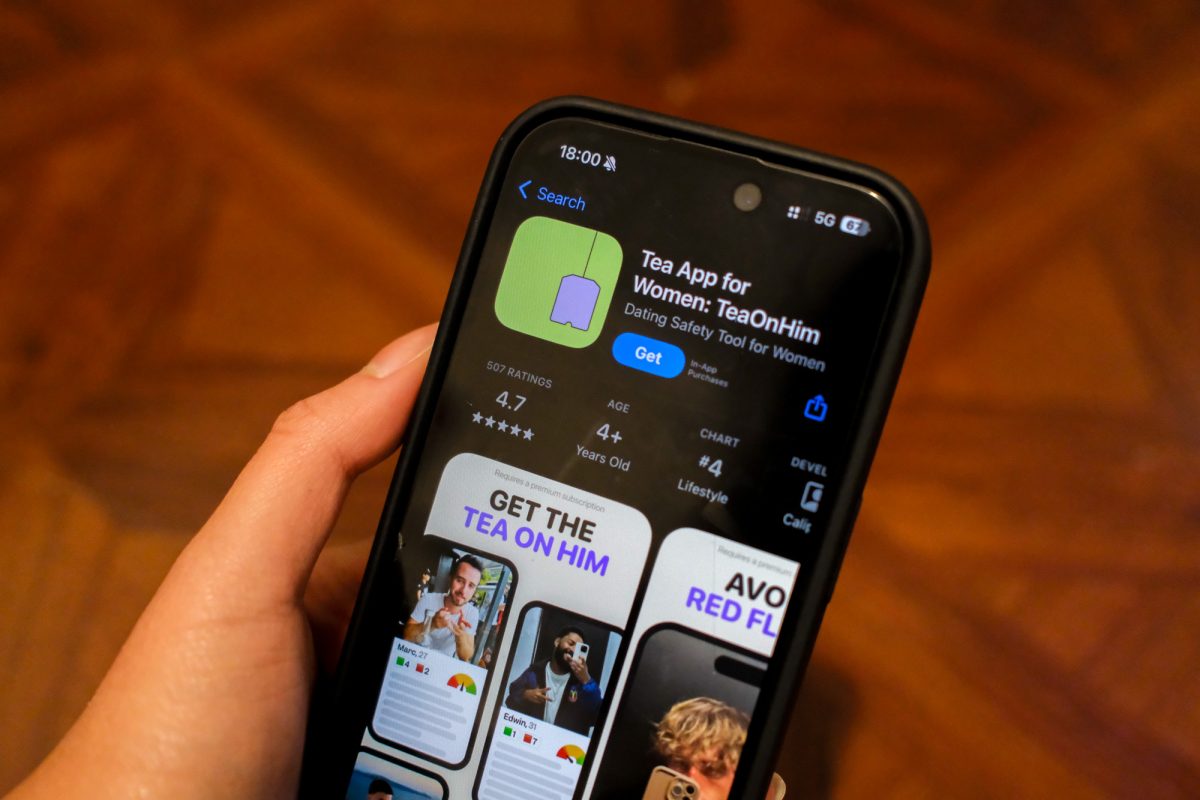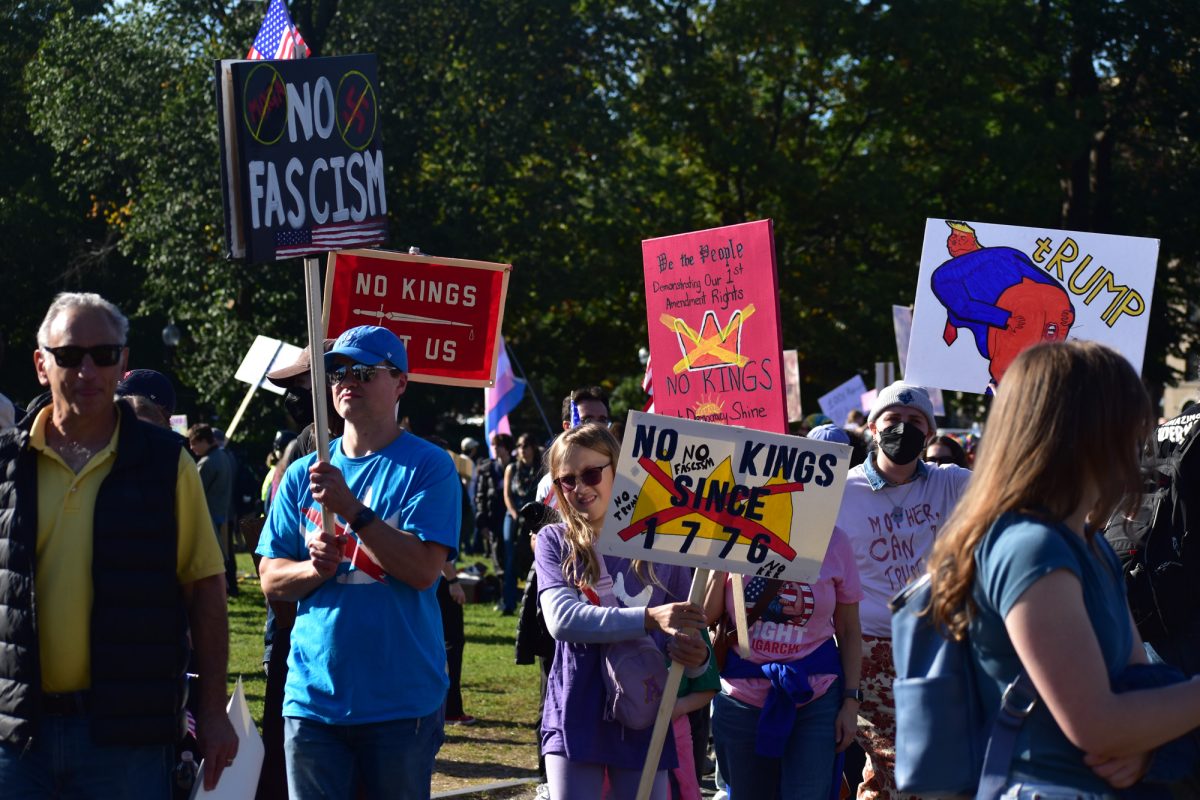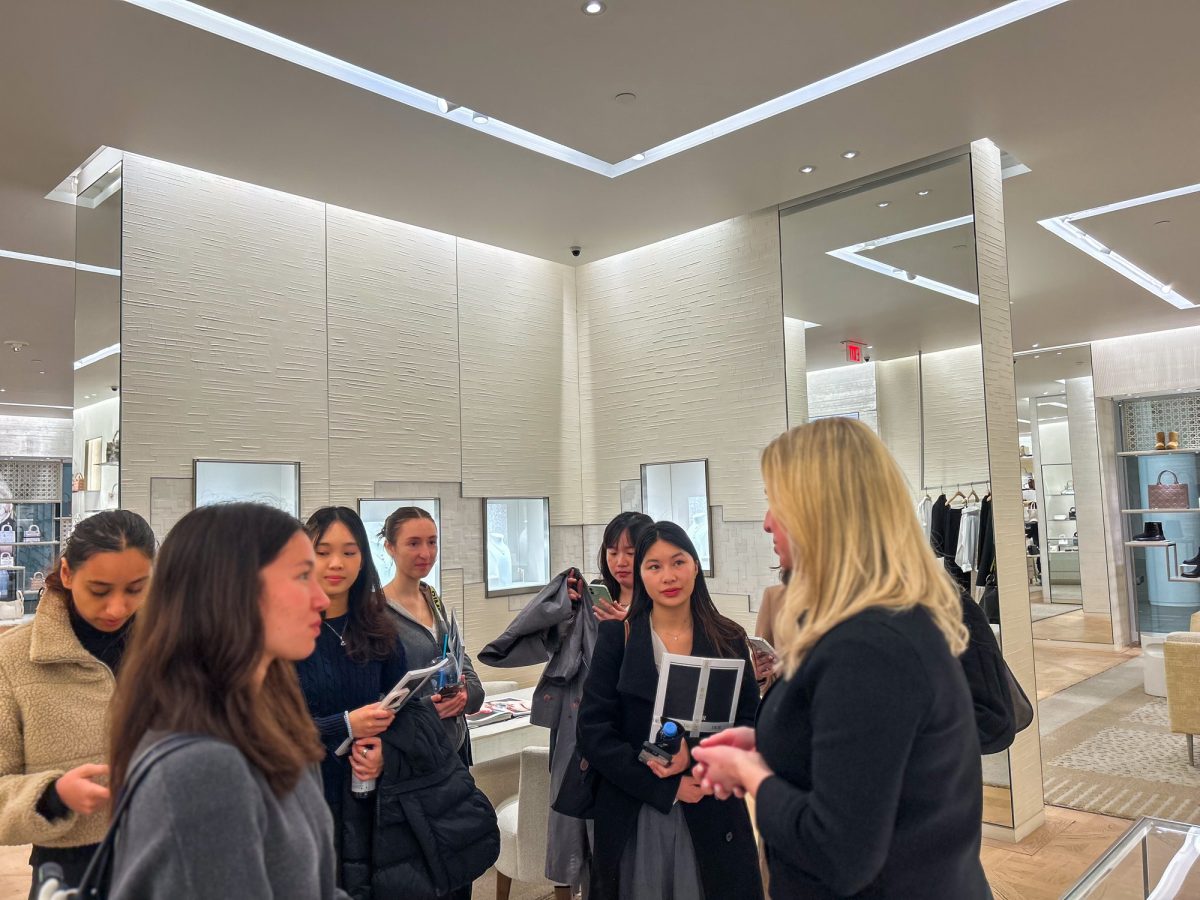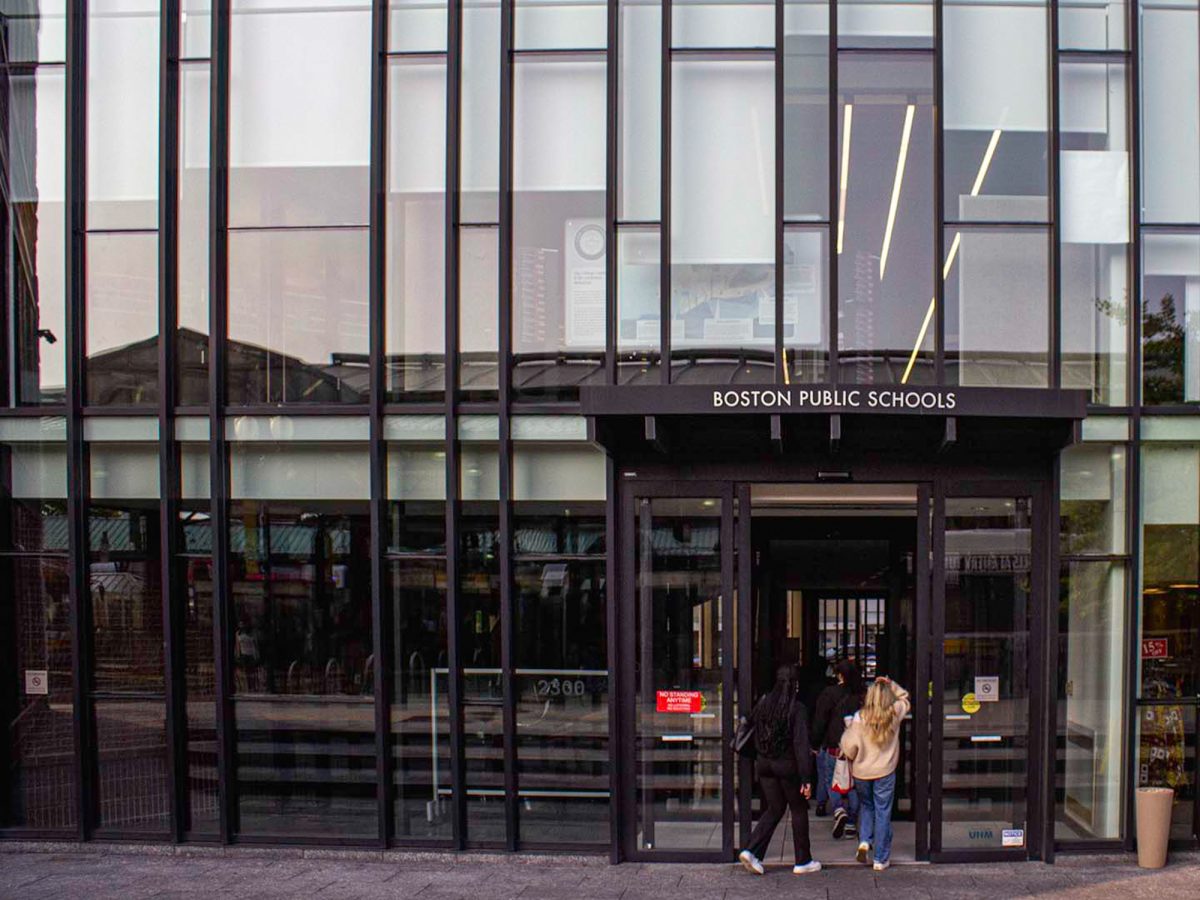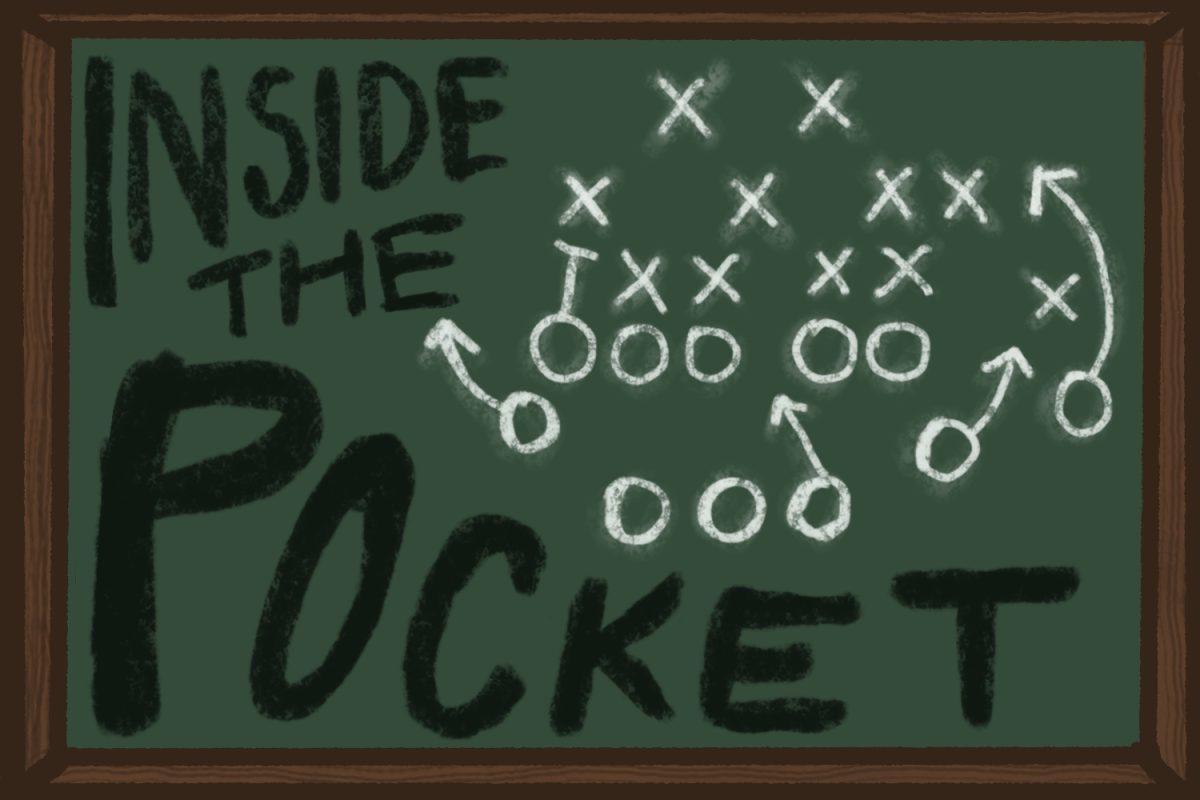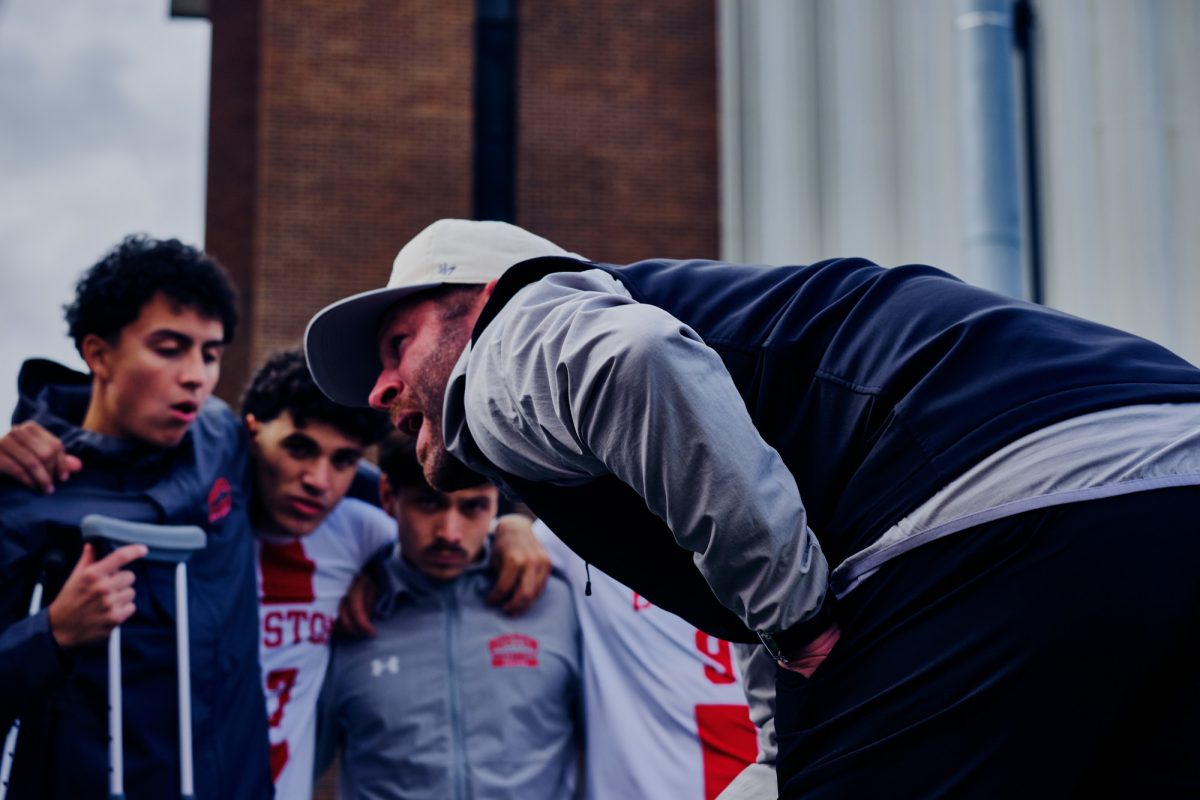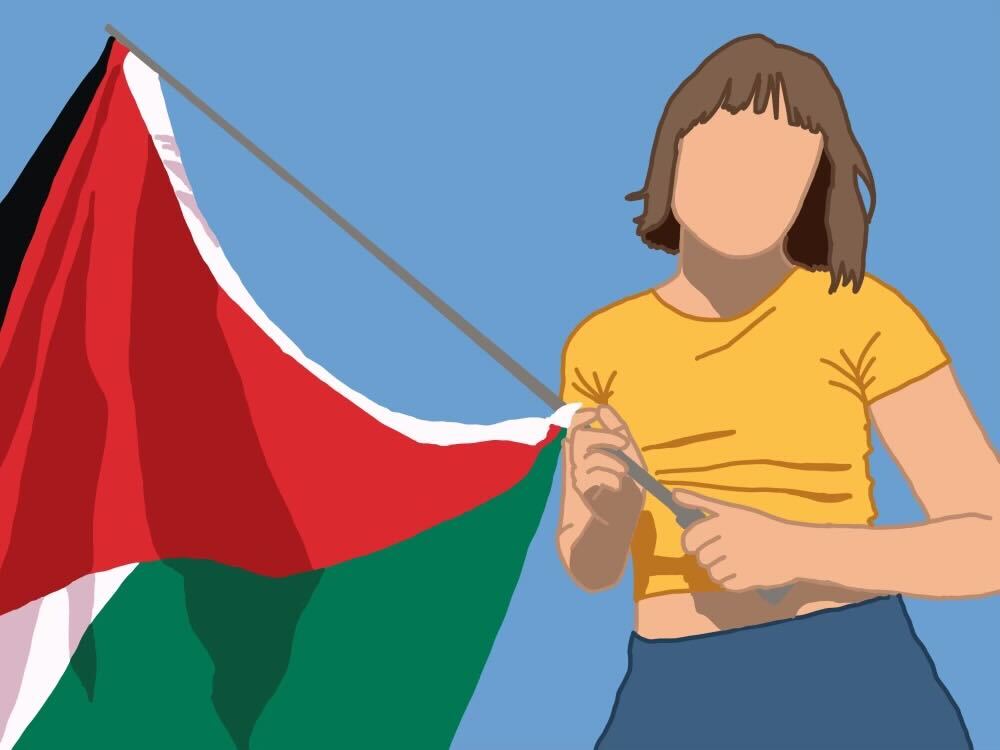The COVID-19 vaccine has been heralded a symbol of hope as the country approaches another grim milestone in the pandemic. But as Phase 1 of the vaccine roll out comes to a close, the question remains: who should be next in line?
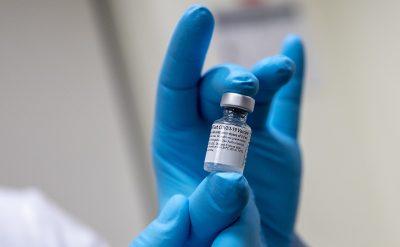
Thirty-five legislators have requested the Baker administration prioritize vaccine distribution for low-income schools — where remote learning has worsened existing inequalities — over higher income areas to facilitate the return to in-person learning.
State Rep. Andres X. Vargas of Haverhill, Massachusetts, who led legislators in the request with Sen. Adam Gomez of Springfield, said though K-12 employees were placed in Phase 2, the plan does not specify which schools would come first.
Vargas said the Commonwealth should prioritize low-income schools because remote learning has created a number of challenges for their students, many of whom face internet connectivity issues and other socioeconomic difficulties.
He added remote learning can negatively impact students’ mental health and social stability — for low-income students, however, these problems can be more severe because of their additional remote-learning challenges.
“When you talk to pediatricians and education experts, it’s those districts that are most concerned about the learning loss that has happened,” Vargas said, “and frankly, the mental health and social stability of the students in those districts.”
The most successful way to combat the academic, mental and social challenges, Vargas and his legislators said, is through focusing vaccine distribution on these schools to make in-person learning feasible.
“The best way to get those students back into the school building in a safe way,” Vargas said, “is to ensure that pool testing and vaccine distribution to teachers and K through 12 staff are focused on low-income K through 12 districts.”
Workers in early education and K-12 are included in Phase 2 behind individuals over 75 years old, individuals over 65 years old and those with two or more of the state’s qualifying pre-existing conditions. The state estimates this phase will begin in February.
Massachusetts residents aged 75 and older became eligible to receive the COVID-19 vaccine on Wednesday. The first shots will be administered Monday, which marks the beginning of Phase 2 priority groups receiving the vaccine.
Vargas added he does not believe there will be enough initial doses to vaccinate the entire K-12 system at the same time, making the prioritization of low-income schools necessary.
Jana Ferguson, assistant commissioner of the Massachusetts Department of Public Health, wrote in an email to municipalities Sunday that COVID-19 vaccine doses would be capped from the federal government through February.
“The bottom line is that there are a limited number of vaccines,” Vargas said. “We have to be hyper-focused and targeted on delivering those vaccines to the people who need it most.”
Jonathan Zaff is the director of the Community-Engaged Research and Evaluation Sciences Institute for Children and Youth in BU’s Wheelock College of Education and Human Development. Zaff, also a research professor in the school, said bringing back in-person socialization would be very beneficial.
“We are social animals, and … relationships are an essential aspect of who we are,” Zaff said. “The ability to be in a place where those relationships happen with peers, with supportive adults, it’s going to inevitably be a net benefit.”
Boston Public Schools created a program for free meals in March that allows families to pick up meals and meal kits or have them delivered to their home. Zaff said getting kids back in school would also help them better combat food insecurity.
Often, low-income students rely on in-person schools for meals, Zaff said, and being in school would guarantee their access to it. Their counterparts in high-income areas don’t face food insecurity, he said.
“Just from a basic calorie nutrition standpoint,” he said, “there are differences there, than just the physical spaces within which young people can then learn.”
Eleonora Villegas-Reimers, the department chair for teaching and learning at Wheelock, said the negative impacts of remote learning for low-income students reveal the many underlying inequities they face.
“It’s the complexity of looking at education, and not to look at the student only or the student and the family,” Villegas-Reimers said. “It’s the entire systems that we have had for a long, long time, except that now, they are so much [more] evident.”
While Villegas-Reimers agrees with prioritizing low-income school faculty in vaccination, she said legislators should use this opportunity to solve pre-existing inequities in the education system, especially when it comes to strategies to combat the pandemic.
“Low-income communities tend to be the schools that are the least, in a way, fit for the pandemic that we’re dealing with,” Villegas-Reimers said. “They have the poorest ventilation, they cannot open the windows … they have many other variables that also impact the ability to return to school.”
Vargas added that prioritizing low-income districts for even a few weeks — which would allow students to return in person sooner — could make a significant impact on their education.
“If we can save a couple weeks or a couple months of in-person learning in low income districts,” he said, “that can make a world of a difference.”

